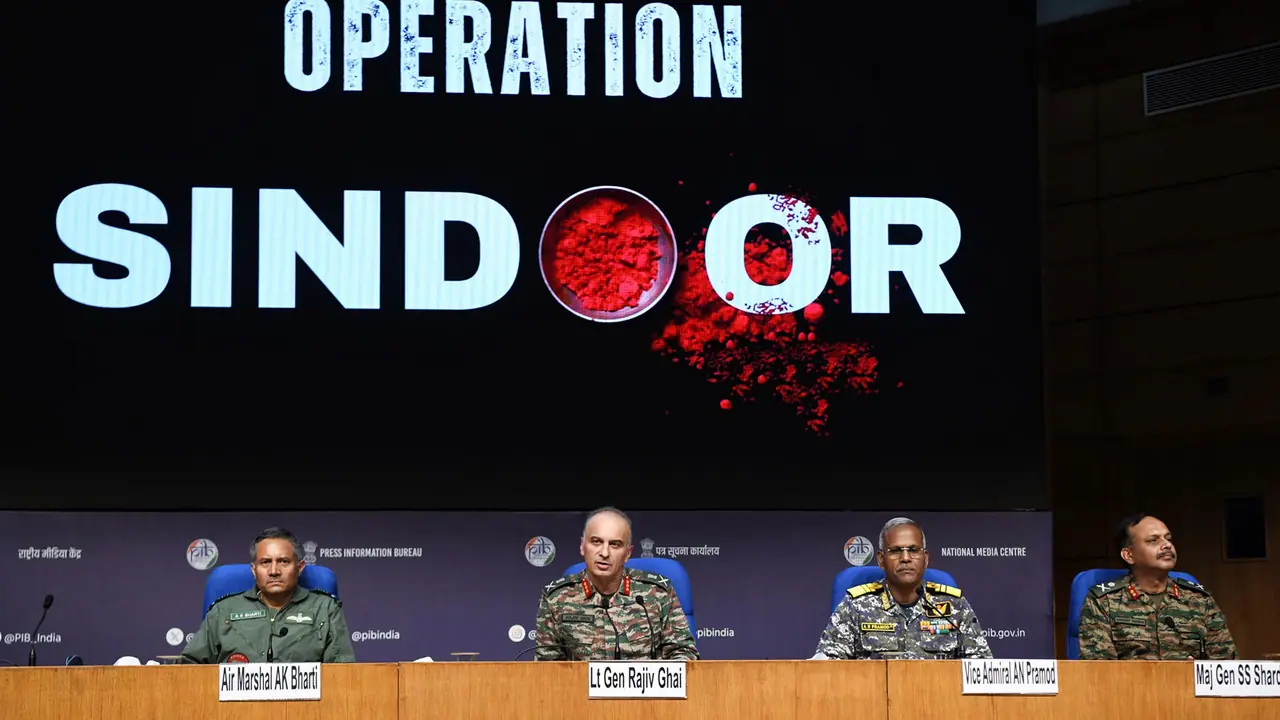Operation Sindoor showcases India’s use of advanced space technology for national security, blending homegrown satellites and global data. This mission marks a major leap in modern warfare and reflects India’s growing space power.
India’s Operation Sindoor, as highlighted by the Times of India, has shown the world how our armed forces are using cutting-edge space technology to protect the nation. This mission, powered by a smart mix of Indian and international space assets, is a shining example of how far we’ve come in modern warfare. From homegrown satellites to global commercial data, our military left no stone unturned to ensure success. For every Indian, this is a moment to feel proud of our scientists, soldiers, and leaders who are taking India to new heights—both on the ground and in space.

Space is no longer just about exploring the stars; it’s a critical tool for national security. During Operation Sindoor, our forces used India’s own satellites, like the Cartosat and Risat series, to gather vital intelligence. The Cartosat-2C, for example, can capture images with a stunning 0.65-metre resolution, giving commanders clear pictures of the ground, just like it did during the 2016 Surgical Strike. Risat satellites, with their radar imaging, can see through clouds and darkness, making them perfect for tracking movements in any weather. Meanwhile, Gsat satellites ensured seamless communication, and NavIC, India’s own navigation system, provided pinpoint accuracy for operations. These homegrown technologies are proof that India is building a strong, self-reliant space programme.
But Operation Sindoor wasn’t just about Indian tech. Our forces also tapped into international commercial data from companies like Maxar, a US-based satellite imagery provider, and Europe’s Sentinel satellites. While Indian satellites offer periodic updates—about once every two weeks—commercial data is available daily, giving our military real-time insights. This clever blend of domestic and global resources shows how India is making the most of its own strengths while partnering with the best in the world. As a senior Isro official told TOI, their teams worked round the clock to support the mission, ensuring every piece of space tech was used effectively.
What’s exciting is that India’s space journey is only getting bigger. Isro chairman V Narayanan recently announced the launch of Risat-1B on May 18, a satellite with advanced C-band radar that will boost our surveillance capabilities. Unlike regular optical satellites, Risat-1B can see through clouds and darkness, making it a game-changer for all-weather monitoring. Over the next five years, India plans to launch 100-150 satellites, including 52 for space-based surveillance, with 31 being built by private companies. This push towards private-sector involvement is a bold step to make India’s space programme faster and more innovative.
Operation Sindoor is a wake-up call for all of us. Space is now a key part of modern warfare, as Lt Gen (retd) AK Bhat of the Indian Space Association pointed out. From imagery to communication to navigation, satellites are at the heart of military strategy. Other nations, like China and Pakistan, are also strengthening their space capabilities, so India must keep pushing forward. By investing in advanced satellites and encouraging private innovation, we’re ensuring our forces are always prepared, whether for surveillance, communication, or precise operations.
For the Indian's , Operation Sindoor is a reason to celebrate. It shows how our scientists and soldiers are working hand in hand to keep us safe, using technology that matches the best in the world. This mission is not just a military victory—it’s a sign that India is soaring in the global space race. Let’s cheer for our nation’s progress and support its dream of becoming a space superpower. With every satellite we launch, we’re building a stronger, safer future for all Indians.
(Girish Linganna is an award-winning science writer and Defence, Aerospace & Geopolitical Analyst based in Bengaluru. He is also Director of ADD Engineering Components India Pvt. Ltd., a subsidiary of ADD Engineering GmbH, Germany. Contact: girishlinganna@gmail.com )


